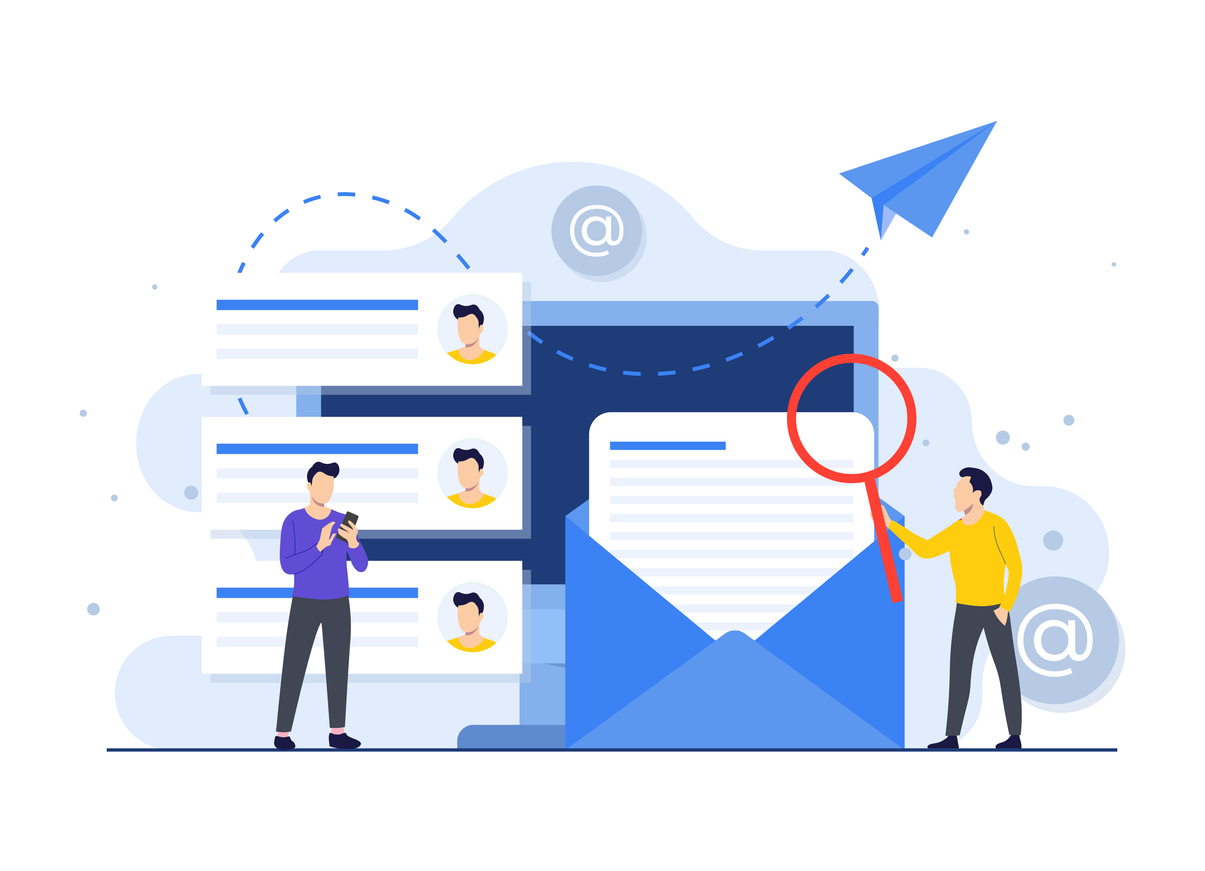Your eCommerce Guide to Milestone Emails

It’s time to have some fun. Your customers don’t always want to hear about the latest offer or the newest product. Instead, they simply want to feel like they are recognized by your brand or are part of a larger brand community. That’s where milestone emails enter the equation.
Milestone emails are an important part of the customer experience precisely because they don’t actively push promotions. Paradoxically, it’s the more customer-centric approach to these messages that can make them so powerful in your larger eCommerce email strategy.
Let’s dig into the details of what these emails are, what you can get out of them, and how to build the right milestone email strategies.
What Are Milestone Emails?
Milestone emails are automated messages that are designed to engage your customer and make them feel like they are part of your larger community. Usually set up as either part of a larger email flow or their own separate campaign, they trigger either based on audience data in your CRM or important calendar dates around your company and products.
Many types of emails can qualify under this definition, but most experts break milestone email campaigns into five broad categories:
- Birthday emails: Celebrate either the subscriber’s birthday or your company’s birthday with a special treat or promotion for all recipients.
- Anniversary emails: Celebrate a customer’s time with your company, and reward their loyalty in some special way.
- ‘Year in Review’ emails: These showcase either your customer’s last year with you or the last year of your company’s growth and changes.
- Customer accomplishment emails: You can provide a special treat for a customer’s tenth purchase, 100th reward point, or similar milestones.
- Company accomplishment emails: Celebrate brand milestones like a certain donation threshold reached through enough customer revenue.
Of course, there are nuances to these types of emails as well. For example, anniversary emails can celebrate product anniversaries as well as customer anniversaries.
How Can Milestone Emails Enhance Your Email Strategy?
The core purpose of these emails is not promotional. But you can use milestone email campaigns to add special sales codes and enhance repeat purchases. As a result, they tend to become part of larger retention campaigns so you can enhance repeat purchases and build brand loyalty.
But even without adding tangible promotions to these celebrations, milestone campaigns can fit into your larger email strategy by adding a crucial component: community. In an age when customers (and younger demographics, especially) want to feel like they are an active part of the brands they support and when audiences expect personalization in email marketing, these campaigns can add that missing piece in an otherwise revenue-focused marketing effort.
How to Build Milestone Email Strategies Designed to Engage Your Audience

While the benefits of milestone email strategies are clear, they do require some setup and optimization to leverage those potential advantages. These five steps can help you get started.
1. Set Your Milestone Email Campaign Goals
Given the various types and benefits of milestone emails, it can quite literally pay to start by defining your goals. Are you specifically looking to increase sales and revenue? Do you want to build repeat purchases and brand loyalty? Alternatively, do you simply want to create a stronger attachment to your products and brand?
Each of these goals can require different types of milestone emails. Rewarding customer accomplishments with a unique sales code more directly drives sales; celebrating a company accomplishment that aligns with your audience’s values builds more intangible community and affinity. Establish your goals early to build your entire campaign around them.
2. Collect All Relevant Data
With your goals established, it’s time to either confirm or begin to collect the relevant data. Again, this could go in a wide range of directions depending on the type of campaign you’re trying to build. For example:
- To celebrate customer birthdays, you need to collect their birthdays in your CRM.
- If you want to celebrate customer accomplishments, you need to be able to track their behaviors and purchase history.
- For year-in-review emails, you need to spend the year collecting the relevant information to share at the end.
You’ll also need to build your campaigns in an email and CRM system or integration that doesn’t just track this data but also allows you to trigger emails off it. Automating these milestone messages is the only effective way to scale them as your subscriber and customer base grows.
3. Create Unique Content for Milestone Campaigns
Milestone emails are at their most effective when the information shared in them is unique. In other words, a birthday celebration probably won’t hit home with your audience if they could get the same code from your social media campaign or website.
Instead, tailor the content specifically to your goal and the types of messages you are sending. A celebration of a brand donation milestone, for example, might include a short story or note from your CEO on why that donation milestone is so special to the company. Unique coupon codes, or messages specifically tailored to the products your audience has been buying, can all be effective in making your audience feel valued.
4. Integrate Milestone Messages Into Your Larger Email Campaign
No email marketing campaign can exist in isolation. All of your automations and email flows exist only in the context of each other. From your audience’s point of view, they’re all just messages from your company looking to engage them or prompt them to take action.
A birthday email, for example, could easily fall into the same week as an automated flow designed to win back inactive customers. An anniversary email might arrive in your subscribers’ inboxes at the same time as the announcement or promotion of a new product. Considering your milestone campaigns with other strategies in mind allows for a more integrated, customer-centric approach.
5. Review Your Email Metrics Based on Campaign Goals
Finally (and as with any campaign), it’s vital to track the success of your milestone email strategies. Your exact metrics and KPIs, of course, should be based on your goals. For example, clicks matter more for an engagement-driven campaign. But purchase or sales code conversions are a more natural fit for retention-driven milestone efforts.
Set up regular reports specifically tied to your milestone campaigns. Review your reports at least quarterly, and ideally monthly, for any takeaways and potential messaging or timing improvements. Over time, you will build a more successful campaign designed to reach your email marketing goals.
Ready to Build a Better Email Marketing Strategy?
The above five steps are natural for experienced email marketers, but you might still need help. If you use a system like Klaviyo, which is powerful but requires at least some onboarding, your team may benefit from a partner experienced in both the platform and email marketing strategy.
That’s where we come in. Future Holidays specializes in eCommerce email marketing, web development, and building comprehensive strategies and campaigns designed to bring in revenue, increase retention, and grow your online store business. Ready to learn more and start building your own milestone email campaigns? Contact us today.


